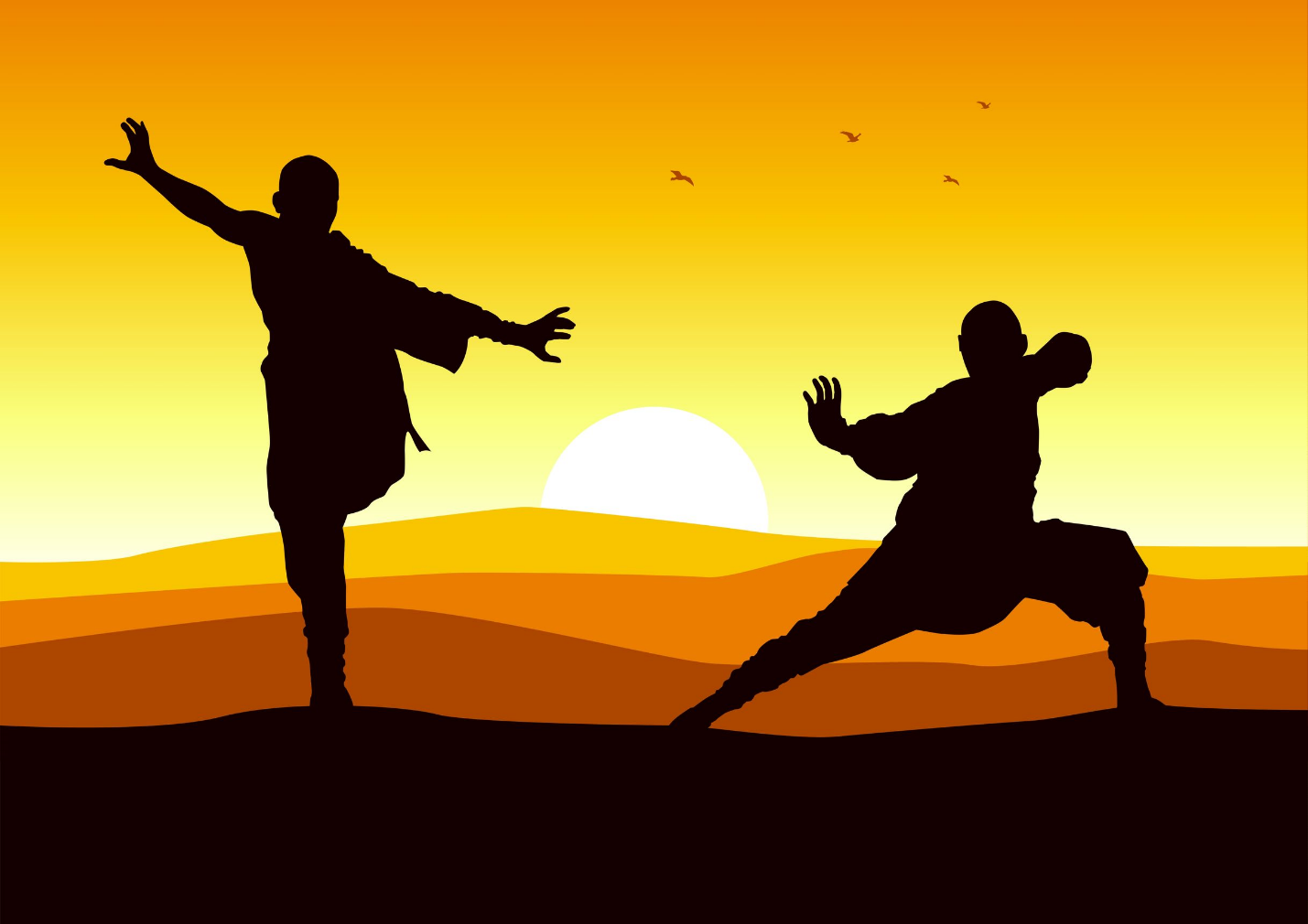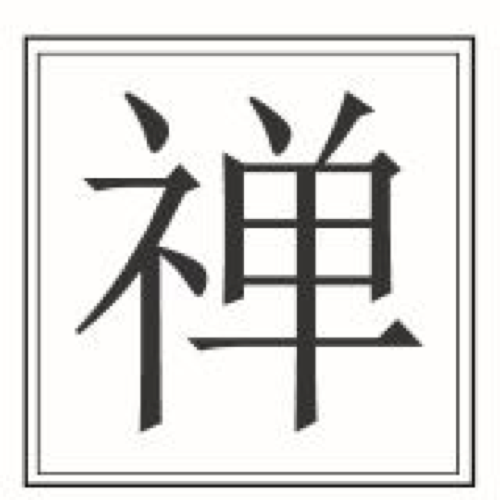Zen: have you ever wondered what this word means? Having become an umbrella concept for a kind of oriental lifestyle and aesthetic, the true meaning of Zen is much more profound and mystical than its use in the mainstream culture. For starters, Zen is a form of spiritual philosophy and means “meditation” in Japanese. The philosophy is part of a school of Buddhism called Mahayana Buddhism which emphasizes practical and experiential wisdom instead of the study of philosophical and religious texts. The purpose of Zen is the realization of the self and its practice requires the direct experience of the self as the only viable way to manifest one’s nature.
This article will take you through the history and distinctive features of Zen philosophy. It will give you some ideas on how to apply its teachings to improve our mental and physical health and how to live a more fulfilling life.
The History behind Zen Philosophy
So… let’s go back to where the Zen philosophy started. Historically, Zen is a branch of Buddhism which developed in India around 2500 years ago and then came to China 500 years after. It received its name “Zen” once it arrived in Japan 1000 years later. Although its focus is on self-reflection and realization by transforming the psychological structure of the mind, it is also deeply rooted in the teachings of the Buddha Siddhartha Gautama.
The Principles of Zazen
You may be asking yourself: But how are you supposed to achieve self-realization? Well, Zen philosophy fundamental practice is zazen or as we commonly know it, meditation. Zazen is founded on the seated posture, where Buddha is said to have achieved enlightenment. It is also founded on the elements of mindfulness, which are part of the fundamental teaching of the Buddha known as the Eightfold Path. Zazen is a prioritized daily practice, but it is also important for Zen philosophy to practice as part of a group in order to communicate and grow from each other’s perceptions and points of view. Usually, this group experience centers around a Zen teacher who guides the pupils through meditations and scripture study as well as performing certain rituals.
Zen in the modern world
Now how does this tie in with Zen living nowadays and especially in modern society?
Well, since Zen living is all about living in harmony with our true essence and cultivates intuitive wisdom, we should use this wisdom to bring peace and harmony to this world. As one renowned Zen teacher puts this: We should live life through Zen. Philip Kapleau refers to Zen as “a one-pointed aware mind; of a disciplined life of simplicity and naturalness as against a contrived and artificial one; of a life compassionately concerned with our own and the world’s welfare and not self-centered and aggressive. A life, in short, of harmony with the natural order of things and not in constant conflict with it.”
How to apply to our everyday life
To achieve this, take note of these small tips on how to create a more present and meaningful life! It will help you to stop and fully embrace your existence since we are usually just doing things non-stop and we find ourselves caught up in our heads with a million worries and thoughts at once.
- Live mindfully: Although mindfulness has been a buzz word recently, it truly is crucial and usually lacking in our current lifestyle. Being fully aware and present in each moment can help you cultivate this awareness and lead to living a more peaceful and harmonious life. It’s all about enjoying and fully living the moment, whether that having fun with our family or cleaning the toilet, as long as we are trying not to ruminate or worry about a future meeting at work.
- The more simple and natural, the better! Understanding that less is more and being aware of how this affects the state of our mind as well as accepting things fully as they come or “going with the flow of things” so to speak.
- Be compassionate and loving: We should be concerned for our own well-being as well as the well-being of all other beings and place this as a priority.
Now that you know a bit about the background of Zen philosophy and some small tips on how to incorporate this way of living into your life, I hope you can see that Zen philosophy is much more than just an aesthetic and is a truly powerful mindset. I’m sure we have all felt like we need a little more Zen in our life at some point and by that, I mean nearly every day!
About Interact China
“A Social Enterprise in E-commerce Promoting Oriental Aesthetic Worldwide!”
Aileen & Norman co-founded Interact China in 2004 with specialization in fine Oriental Aesthetic products handmade by ethnic minorities & Han Chinese. Having direct partnerships with artisans, designers, craft masters and tailors, along with 13 years of solid experience in e-commerce via InteractChina.com, we are well positioned to bridge talented artisans in the East with the rest of the world, and directly bring you finely selected products that are of good quality and aesthetic taste.
So far we carry 3000+ goods covering Ladies Fashion via ChineseFashionStyle.com, Kungfu Fashion, Home Furnishings, Babies & Kids, Painting Arts, Textile Arts, Carving Arts, Tribal Jewelry Art, Wall Masks and Musical Instruments. Our team speak English, French, German, Spanish and Italian, and serve customers worldwide with passion and hearts.
P.S. We Need People with Similar Passion to Join Our Blogging Team!
If you have passion to write about Oriental Aesthetic in Fashion, Home Decor, Art & Crafts, Culture, Music, Books, and Charity, please contact us at bloggers@interactchina.com, we would love to hear from you!


















































